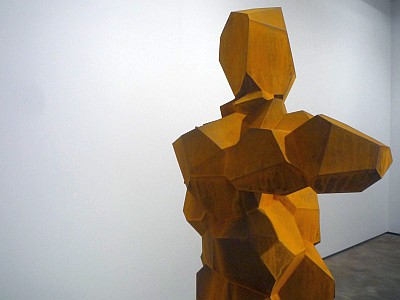 |
| The first sunlight in NYC after the storm |
New York can be considered a city of extremes: the city which never sleeps, were bright lights are on 24 hours a day, creating a waste of electrical and human power in pure entertainment based activities. People functioning is based on circadian rhythms of wake and sleep patterns, and sleep requires darkness. New York is also a city of extreme economical inequality where a minority of extremely wealthy individuals from the main financial institutions controls the economy and policy. So extreme are the height of its building and the density brought by the ratio of height over square footage of urban land. Extreme density brings congestion in transportation. The extremes in building demolitions and constructions are also characteristics of New York city streets. Relentless unregulated construction creates excessive waste and air pollution generated by both demolition and new construction itself. Coming from Rome, a city where buildings have been used often for hundred of years, I am shocked about the short life and building cycles in New York neighborhoods. As a pedestrian — I use walking as my main transportation means— I am constantly exposed to debris, dust and poor air quality. The impact of Sandy on the city infrastructure has shown how lack of common sense and abuse in building construction is having disastrous consequences in the urban life.
Water, air, fire and earth were considered the primary elements constituents of the universe in many different cultures from both Eastern and Western traditions. Quite ironically all of the four elements were the agents of the destruction of the built environment brought by Sandy. The encounter between earth and water —in geographic terms the coast where the ocean meets the land— was considered a sacred place by many ancient cultures; contemporary human arrogance has been erecting building on the furthermost limits of the coastland often for only private use. Beachfront property comes with a high price tag attached, now this real estate economic valued has been challenged and often destroyed by nature itself.
Is Sandy teaching a lesson of how the respect of mother nature cannot be ignored for any human settlement and use of land?
 |
| "The Sun Also Rises" |







































